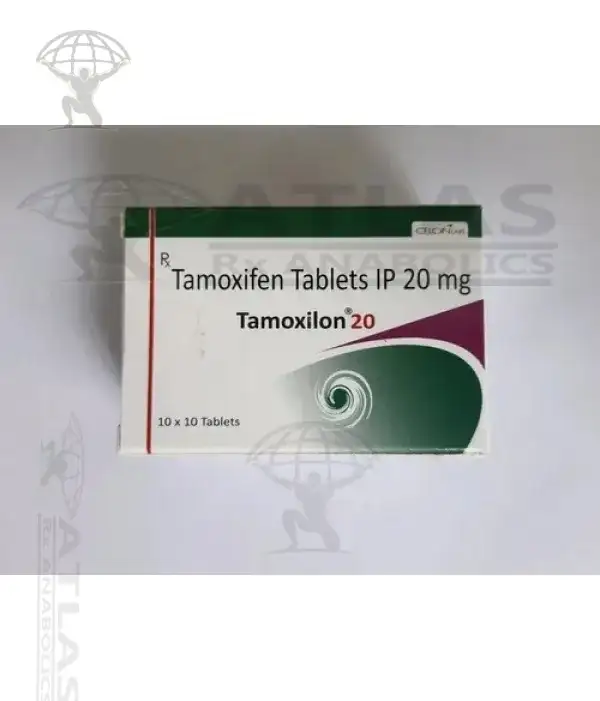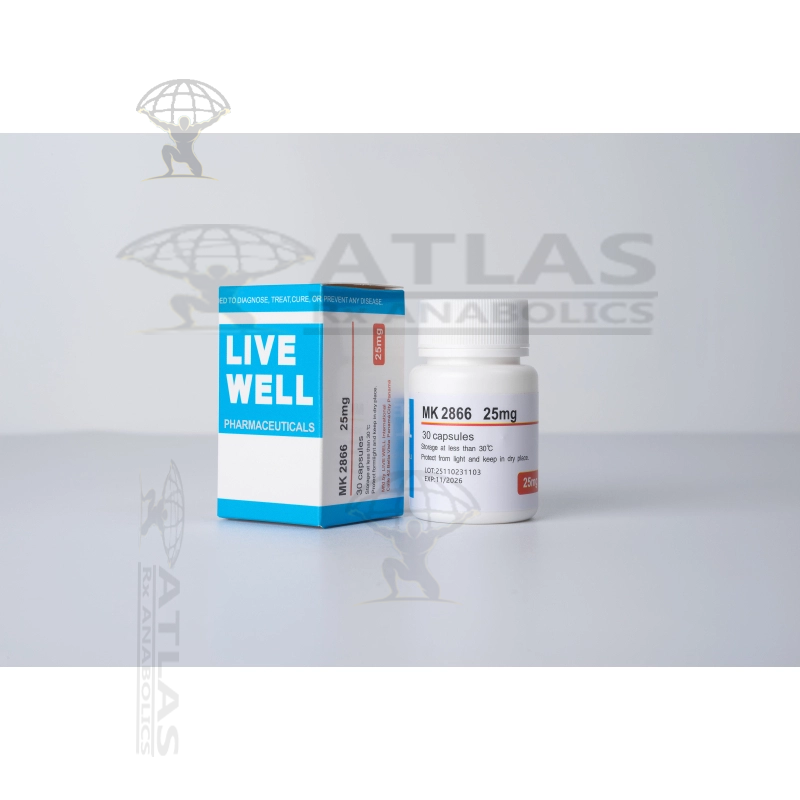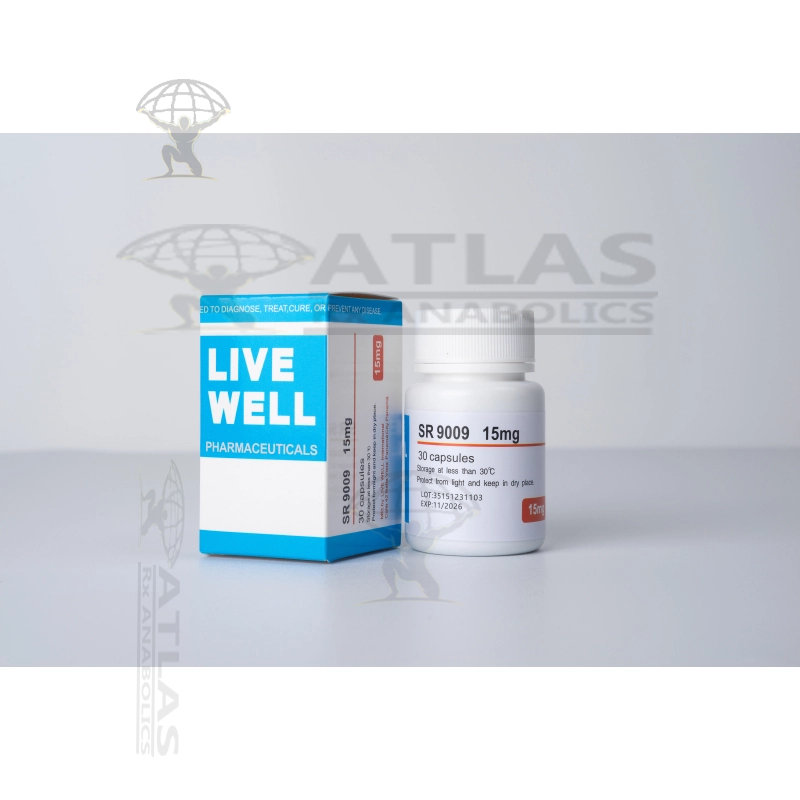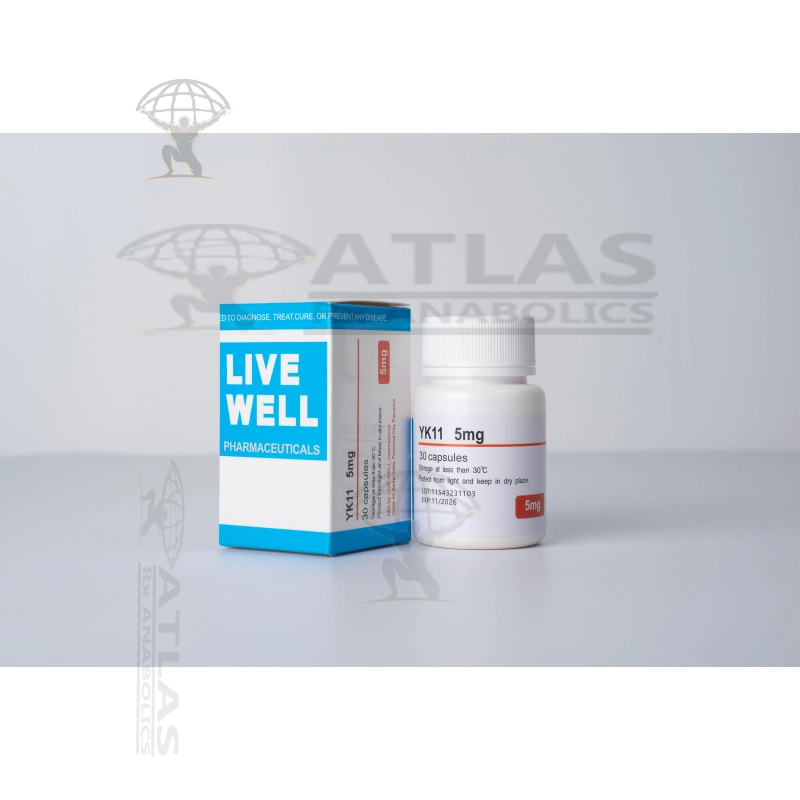Description for TAMOXIFEN
Tamoxifen is a medication that belongs to a class of drugs known as selective estrogen receptor modulators (SERMs). It is primarily used in the treatment and prevention of breast cancer, particularly in women with estrogen receptor-positive breast tumors. This medication has been widely studied and proven to be effective in reducing the risk of breast cancer recurrence and improving overall survival rates.
Tamoxifen works by blocking the effects of estrogen in breast tissue. It does this by binding to estrogen receptors, preventing estrogen from attaching and stimulating tumor growth. By blocking estrogen, tamoxifen helps to slow down or halt the growth of cancer cells, reducing the risk of cancer spreading to other parts of the body.
In addition to its role in breast cancer treatment, tamoxifen also has several other medical uses. It is often prescribed for women at high risk of developing breast cancer to help prevent the disease from occurring. Tamoxifen has been shown to significantly decrease the risk of developing both invasive and non-invasive breast cancer in these cases.
Furthermore, tamoxifen has shown efficacy in treating certain types of breast cancer that have spread to other parts of the body, helping to control the disease and improve quality of life. It may also be used in combination with other medications or therapies to enhance its effectiveness.
The dosage of tamoxifen can vary depending on the specific condition being treated, and it is usually taken orally in the form of a tablet. The treatment duration can range from a few years to several years, depending on the individual's response and risk factors.
Like any medication, tamoxifen may have potential side effects. Common side effects include hot flashes, night sweats, fatigue, mood swings, and vaginal dryness. Some women may also experience more severe side effects such as blood clots, stroke, or endometrial cancer, although these are relatively rare.
It is important to note that tamoxifen may interact with certain medications, so it is essential to inform your healthcare provider about any other drugs you are taking. Regular check-ups and monitoring are typically recommended while on tamoxifen to ensure its efficacy and safety.
In conclusion, tamoxifen is a valuable medication in the treatment and prevention of breast cancer. Its ability to block estrogen receptors has been proven effective in reducing the risk of recurrence and improving survival rates. While it has potential side effects, the benefits of tamoxifen outweigh the risks for many individuals. Consultation with a healthcare professional is crucial to determine the appropriateness and dosage of tamoxifen for each individual case.
Shipping Cost
On all orders is set at $25.00
Secure checkout
Protected by Bitcoin
Offer & gift here
On all huge orders











Audrey Simmons
This product is a game-changer. It has made my life so much easier. Highly recommended!